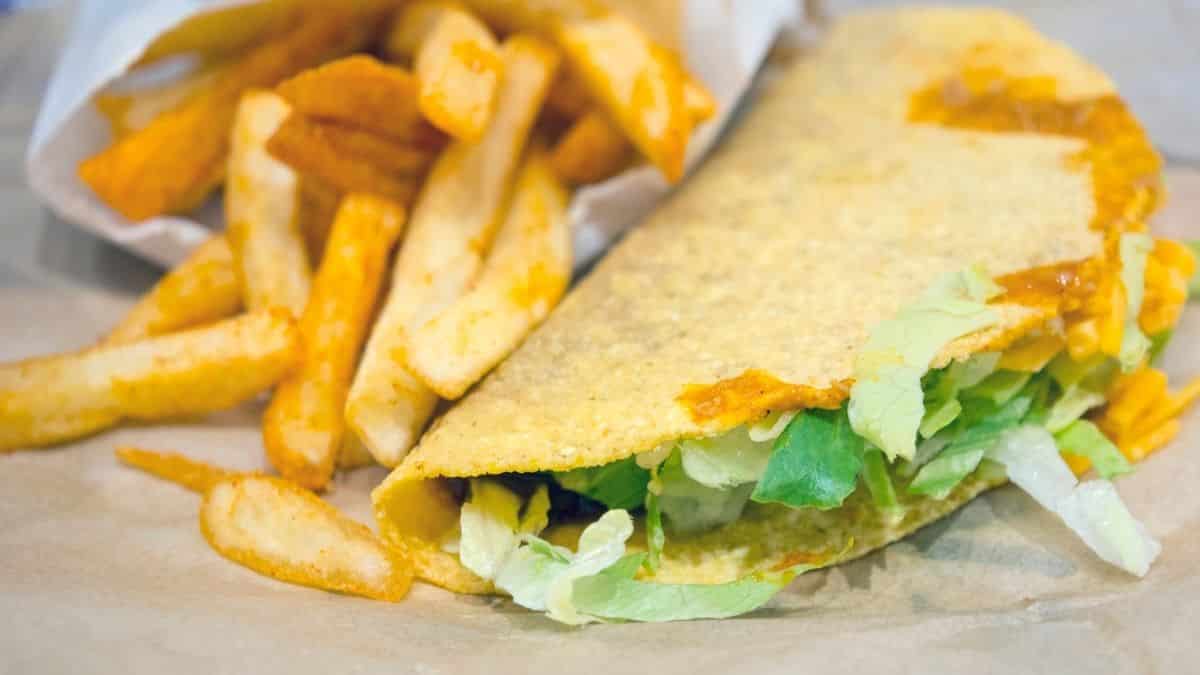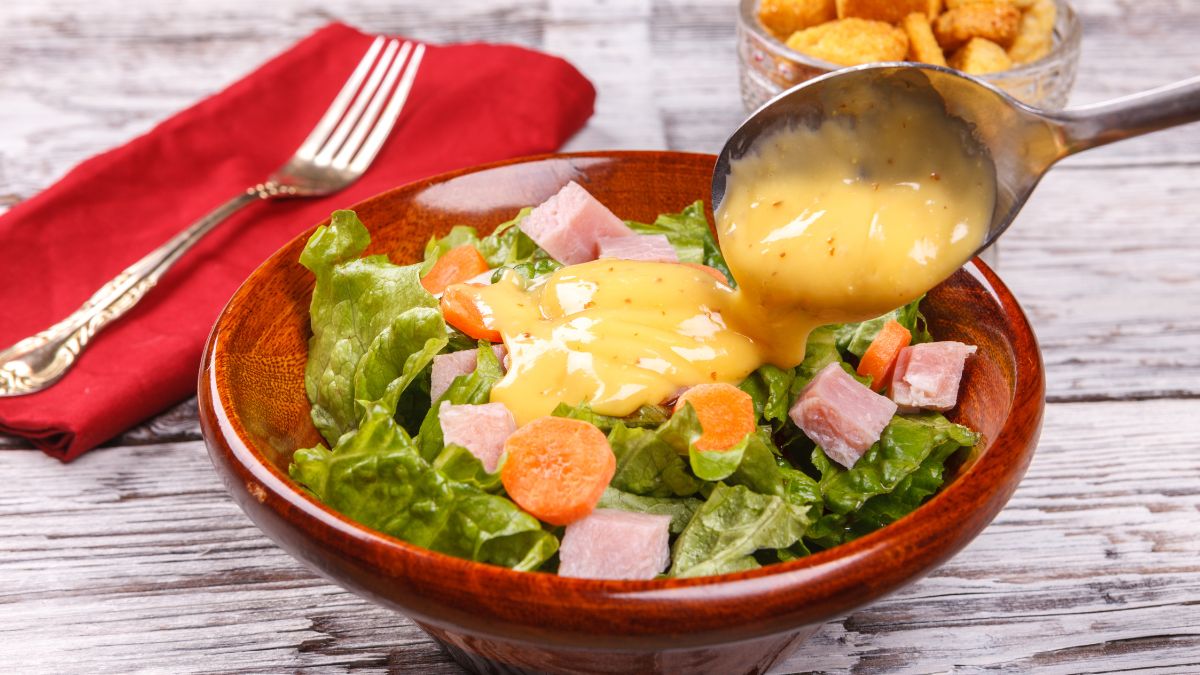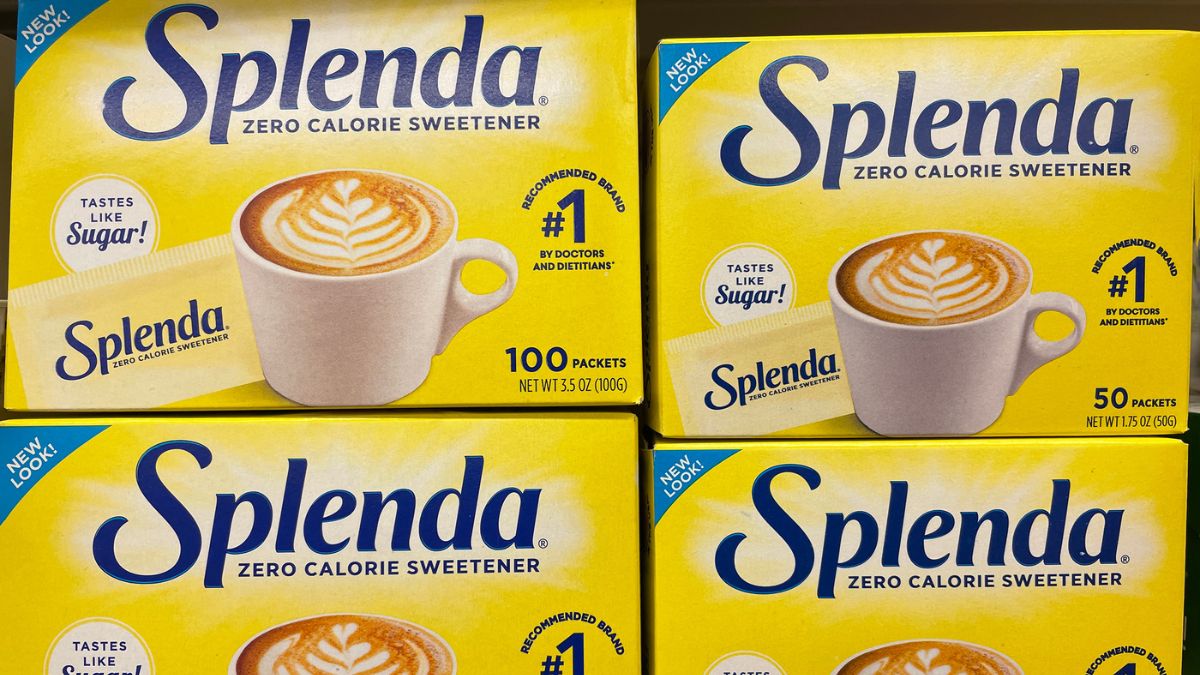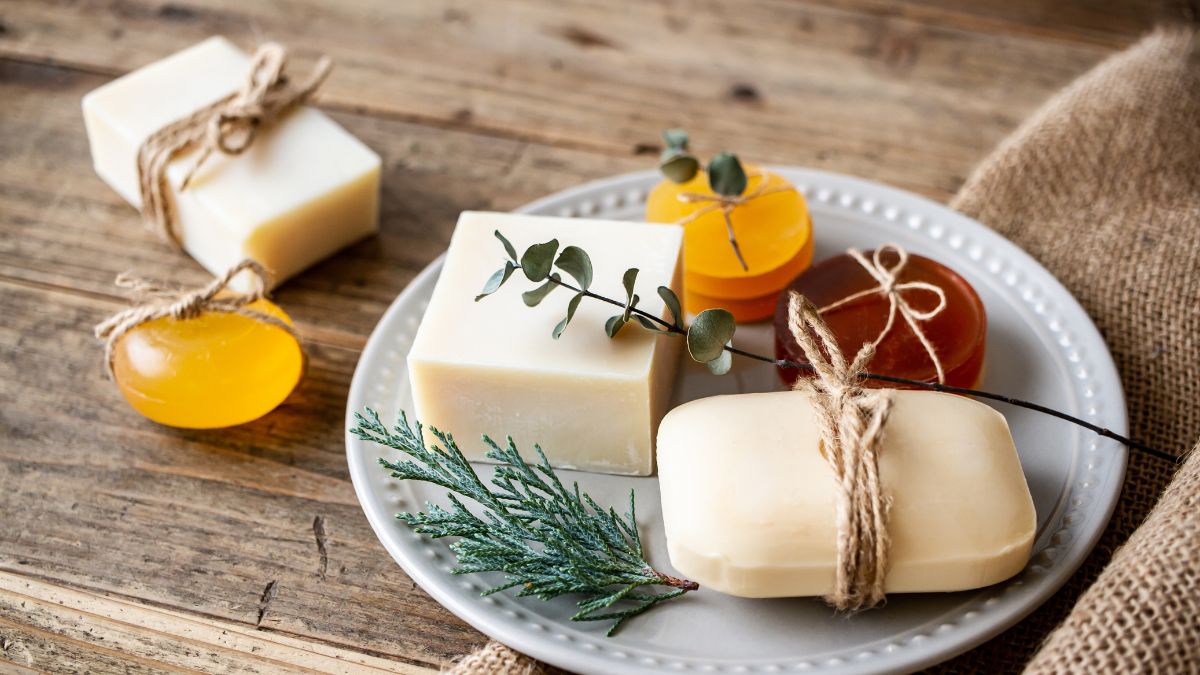Answer: It depends. While Taco Bell offers meat-free alternatives to favorite Mexican dishes, some issues will make vegans think about whether to eat the fries or not.

Are Taco Bell Fries Vegan?
Wouldn’t you love to step into a Taco Bell and order fries? Taco Bell has four vegetarian menu selections, and that should be big thumbs up for a vegan, correct? Not exactly, because vegans do not eat cheese or sour cream or take any chances of animal meat touching their food.
Are Taco Bell fries Vegan? Fries with Nacho Cheese dip is in the Cravings Value Menu of Taco Bell. Management points out the possibility of cross-contact of meat prepared with non-meat ingredients. Fried items like Mexican fries and Churros, Nachos, Tostada shells, and Crunchy Taco shells use the same cooking oil.
While Taco Bell offers a non-meat alternative to favorite Mexican dishes, some signs will make vegans think about whether to eat the fries or not.
All About Fries
Modern potato fried in fat or lard dates back to the late 1600. The Americans named French Fries because they fed them to the Belgian French-speaking army. The term french-fried meant deep-fried potatoes after the French Chef served them to President Jefferson in 1802. Centuries after, UNESCO declared it a cultural treasure with a heritage status.
Taco Bell’s popular potato side is known as seasoned fries, a flavorful twist on classic french fries. These fries are generously coated with a blend of spices, including black pepper, garlic powder, chili flakes, onion powder, and paprika, delivering a bold and savory taste. In 2025, plant-based eaters can enjoy these fries knowing that all the seasonings come from plant ingredients, with the only non-plant aspect being the frying oil. This combination makes Taco Bell’s seasoned fries a tasty option for those craving seasoned potato fries with a spicy kick.
Taco Bell’s Vegetarian Promise Not Vegan Guarantee
One of the most popular fast-food restaurants for vegetarians is Taco Bell for its delicious plant-based meals of Crunchwrap, Black Bean Burrito, and Mexican Pizza. Mexican staples are served with a hefty dollop of sour cream and plenty of grated cheese. Even the fries paired with a full ramekin of nacho cheese for the dipping sauce.
Taco Bell has invited the vegetarian market into its doors by offering meat replacements. It went further with the Fresco style that eliminates all dairy ingredients. Its menu alternative is to use the pico de gallo to supplement the cheese and sour cream.
Vegan Option For Taco Bell Fries
Taco Bell’s seasoned fries and nacho cheese are seen on the menu. You can inform the server to make it fresco, switching the cheese to pico de gallo. Pico de Gallo is a mixture of diced tomatoes, cilantro, and white onions.
The same applies to the four vegetarian dishes paired with pico de gallo. There are nine other dishes that a vegan can choose to convert to pure plant-based ingredients, so there are more selections.
Vegan Diet That Accepts Taco Bell
It is a tough call to say no vegan would enter a Taco Bell because of cross-contact issues. In a group or family, some are non-vegan yet want to eat a meal together. Taco Bell would be a reasonable choice to cater to both.
Different vegan diets favor different approaches. Like a meter stick, some very strict vegans only take raw, organically sourced produce, while others adapt to the best option available.
Whole-Food Vegan Diet
A whole-food vegan diet is for the person who eats vegetables, whole grains, legumes, nuts, seeds, and fruits. Taco Bell advertises these available food ingredients in their Mexican lineup menu.
The Starch Solution
The starch solution is for a person enjoying a low-fat but high-carbohydrate vegan diet. It focuses on cooked starches like corn, rice, and potatoes. The seasoned fries would be a treat for this vegan.
Junk-Food Vegan Diet
A junk-food vegan diet relies heavily on mock meats, cheeses, fries, and vegan desserts. Heavily processed vegan food is the norm, rather than eating whole plant foods. The fries minus the nacho cheese would be part of the meal.
Cross-Contact of Plant-Based With Meat Ingredients
You can appreciate the honesty of Taco Bell in promoting the vegetarian menu and having a selection of tasty dishes. The fries are cooked with non-meat ingredients such as Taco Shells, Nacho Chips, and Churros. But they quickly point out the possibility of cross-contacting the ground beef, pork, or shredded chicken prepared in the kitchen.
Cross-contact is the unintentional incorporation of a food allergen or ingredient into food. In this case, it is the uncontrolled incorporation of meat ingredients into the fries. Even if the food is cooked, toasted, or boiled, the chances of an allergic reaction or taste recognition will not be reduced or eliminated.
In this case, you must be tolerant or accepting of the possibility of a hint of meat oil or such. But informing the server at the beginning of the meal will alert the kitchen to handle the food preparation with care. Doing this becomes a healthy balance between keeping your lifestyle and accepting the restaurant’s mainstream flow.
Sources of Cross-Contact in the Restaurant
There are many ways for meat ingredients that come into contact with your plant-based food. Since the ordered food must reach the customer within an acceptable waiting time, there are possible lags in kitchen segregation. Cross-contact is entirely different from cross-contamination.
Cross-contamination occurs when a microorganism like bacteria contaminates food. It can cause foodborne illnesses like poisoning, amoeba, hepatitis, etc. Sadly, it can happen when a food handler fails to observe strict cleanliness, unclean food packaging, or unsanitized food surfaces.
The list below is a look at the kitchen flow of an industrial fast-food restaurant. The kitchen practices meet the Food and Drug Administration and the Hazard Analysis Critical Control Point for Food Service. Sanitation is not compromised, and kitchens like Taco Bell ensure strict hygiene and sanitation adherence.
Deep Fryers and Cooking Oils
Taco Bell has bravely admitted that fries are deep-fried with flour-based ingredients such as Nachos, Tacos, and Churros. But it’s possible that after frying chicken tenders, french fries come next using the same oil.
Splatter From the Frying Pan
Sauteeing the beef or pork will have its splatter when the fat hits the hot surface of the pan. The small oil splatter can touch the cooked fries on the side to drain the excess oil.
Cooking Surfaces
Imagine the assembly of the different ingredients in a taco or burrito. More than three ingredients are lined up and assembled on the same countertop for the taco to come outstanding and perfectly layered or the rolled burrito ready to be bitten.
Cutting Boards, Pots, and Pans
When you are in a kitchen, the cutting boards are soaped and rinsed in one sink but not segregated for each food classification. The pots and pans used for cooking meats will likely be used to sauté the vegetables.
Refrigerators and Storage Areas
Vegetables or plant-based food stored in the refrigerator can have the lower shelf holding the frozen chicken or ground beef for defrosting. The same goes for storing dairy products like milk and butter on a side shelf that can accidentally spill over the food.
Kitchen Crew Food Handling
The hardworking crew in the kitchen has multi-tasks of cooking and preparing the food served to the guests. If the order before your fries was a beef burrito, there is a likelihood that there are traces of animal oils in the hands of the crew.
Best Advice for Vegans
The vegan diet is animal-free of any products or by-products. It includes eggs and dairy, which are still by-products of an animal. Being mindful of non-meat contact is another thing a vegan will closely guard.
In hopes of bridging the gap between the vegan and carnivore sides, a meal in Taco Bell would be the compromise solution for a family or group of friends. Dining out in a restaurant that serves both allows inclusion and understanding of a person’s preferences and convictions. It boils down to enjoying the company and spending quality time together.




